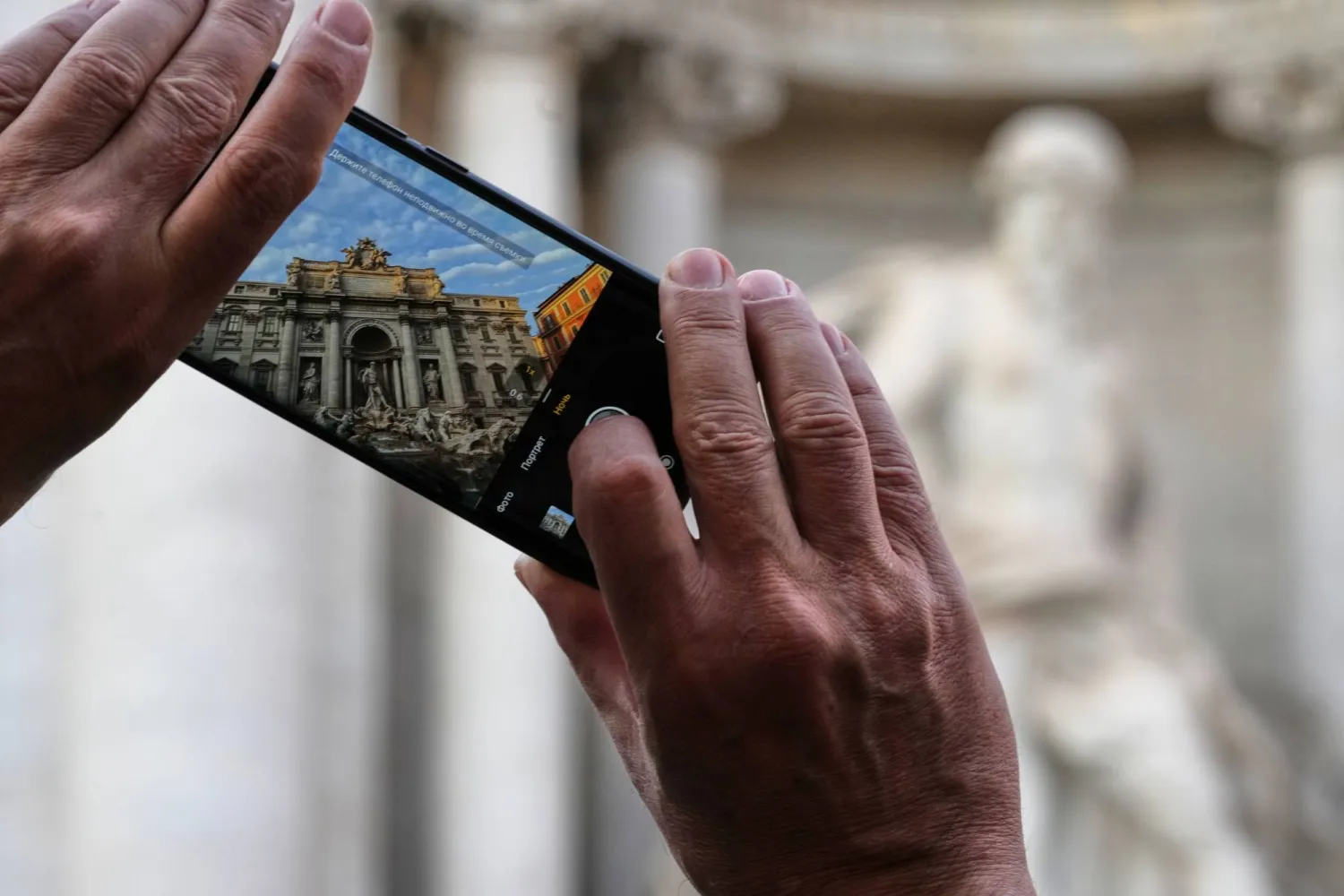The Saudi cultural, literary and academic scene lost Dr. Ali Sarhan Al-Qurashi, one of the most prominent figures of the literary and critical movement in the Kingdom, and a symbol of literary modernization, who was known for his critical studies and academic work at the local and Arab levels.
Dr. Al-Qurashi was a modernist intellectual, who faced the pressures of the extremist movements that were influential in universities in the mid-1980s. He was seen as a defender of modernity and an icon of its literary symbols.
Alike his generation of Saudi intellectuals, who were exposed to the pressures of a religious movement that fought modernity, Al-Qurashi confronted challenges that had prevented him from obtaining a doctorate from Umm Al-Qura University, until 1990, when he successfully presented his dissertation, entitled, “The Poetic Image in the Poetry of Bishr bin Abi Khazim Al-Asadi.”
Al-Qurashi spoke about this period, which also saw the deprivation of another academic, Saeed Al-Sarihi, from obtaining an academic degree. He said that he was forced to “disavow modernity” in a letter he wrote to the university administration, as the only way to convince the professors to move forward with discussing his thesis.
Al-Qurashi enriched the literary and cultural arena with many critical studies, in addition to narrative and poetic works. He worked as professor of literature and criticism at Taif University, and established many literary forums.
His most prominent works include: “Exaggeration in Arabic Rhetoric,” “You and Language,” “Energies of Creativity,” “The Human Vision in the Movement of Language,” published in the Riyadh Book Series in 1997, and “The Poetic Personality of Taif.”
Other important contributions include: “The Journey of the Self in the Space of the Ancient Poetic Text,” “The Woman’s Text,” and “The Story of Language and the Text of Writing,” published by the Riyadh Book Series in 2003.









